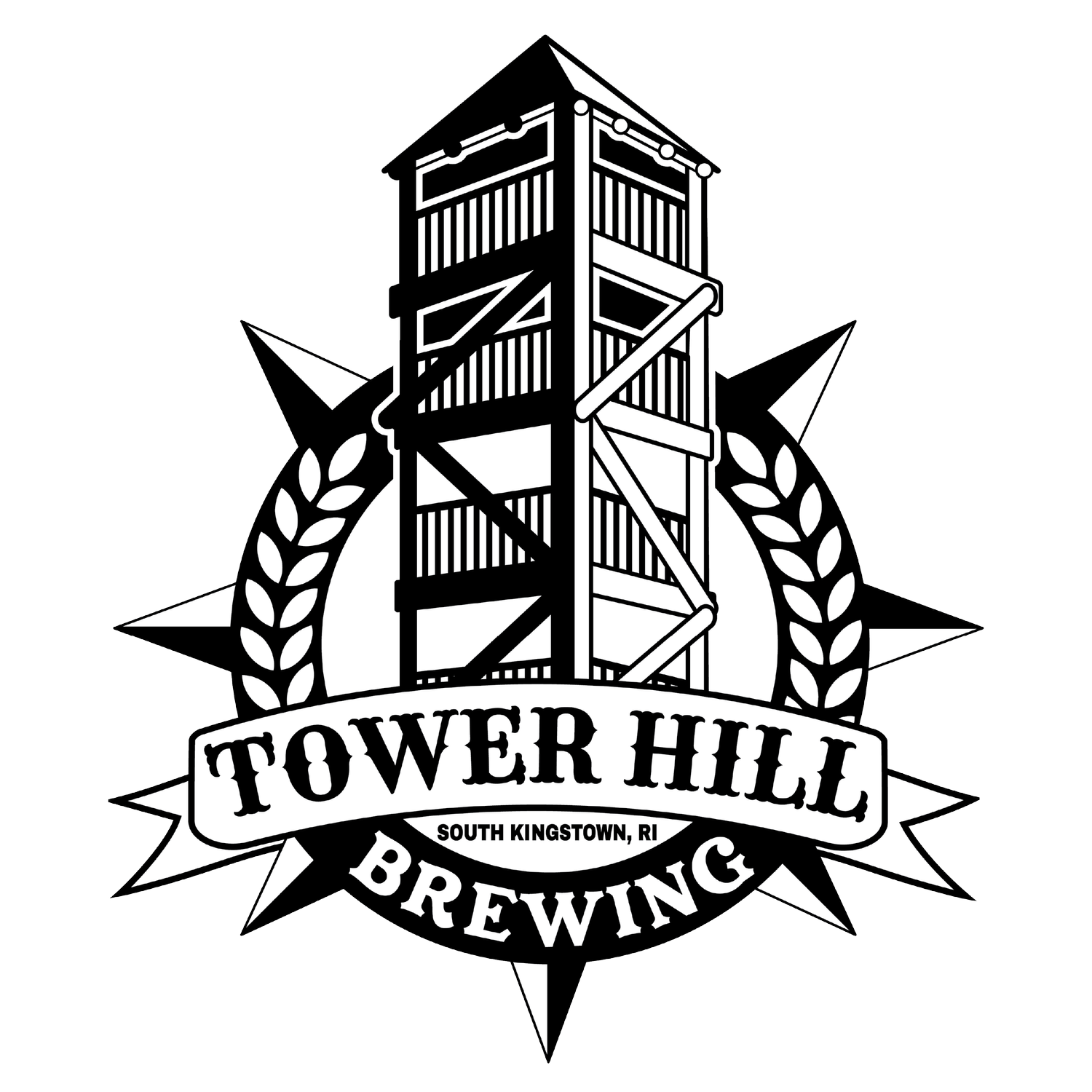Our Brewing Process
First, we mill the grain…
This cracks the hulls of the grain, exposing the white center (or Endosperm), which is where the sugar is, and separates the husks, which work as a filter during the Mash.
From the mill, the grain is transported into the Mash-Tun (tank) where it’s mixed with water at a specific temperature. In this process, enzymes convert grain into highly fermentable sugars (drier beer) or more complex sugars (fuller beer). Most are mashed at a temperature of 150-154 degrees.
Onward to the kettle…
The liquid (called Wort) is transferred to the Kettle for boiling. This is where the hops get added to provide bittering, aroma and flavors. In some cases, after the boil, hops are added for aroma and flavor via a whirlpool. This process also helps with collecting proteins and hop sediment (called trub) prior to moving onto the fermenter.
Now to the heat exchanger. The heat exchanger is where cold water helps cool the wort as it makes it way to the fermenter. The fermenter is where the magic happens!
Within the fermenter…
Yeast is added and we seal the fermenter and add CO2 to remove oxygen. We take a “gravity” reading to help us determine how much sugar was extracted from the grain. It is here that yeast converts the wort into beer. It consumes the fermentable sugars and in the process creates alcohol and generates CO2.
When fermentation is complete, again, we measure gravity to determine Alcohol By Volume (ABV). We then move the beer to the brite tank for conditioning (makes the beer clearer) and carbonation.
Once carbonated, we move the beer into Kegs.
Time to enjoy!



